Across the last three decades, Judi Alston has stood as a bridge between traditional documentary filmmaking and new immersive practices. As the founder of One to One Development Trust and co-creative lead at Dreaming Methods, her work has consistently focused on how stories can empower communities, bring visibility to overlooked lives, and experiment with technology as a democratic medium.
Cover: THE ABANDONED LIBRARY, by Andy Campbell and Judi Alston
From early social documentaries in the 1990s to immersive projects like STREETS OF CHANGE, Judi’s trajectory traces the evolution of storytelling itself – from S/VHS to Unity, from local communities to international VR festivals. What remains constant is her belief that technology should serve empathy, not spectacle.
From community documentaries to immersive media
“I started out as a documentary filmmaker in the early ’90s,” Judi recalls. “It was right after the Miners’ Strike in the UK, a moment when a lot of injustice went untold in mainstream media. I wasn’t studying film at all – I was at art college in the heart of the coalfields, thinking I’d become an art therapist. But the college had just bought its first video camera, and I simply picked it up and started filming the impact of the Pit Closure Programme on people’s lives.”
That spontaneous act defined a lifelong career. Her first films, produced independently and with local communities, were born from the desire to give voice to people excluded from mainstream narratives. “I thought I’d do this for a short while before getting a proper job,” she says. “But I never found anything I loved more. Thirty-five years later, I’m still doing it.”

Her practice evolved through analogue film, then digital, and eventually XR in 2015. That continuity – rather than rupture – is what defines her path. “Every shift in technology is just another way of telling a story. What matters is the intention behind it.”
Seeing technology as a social toolbox
For Alston, immersive tools are never an end in themselves. They are part of a broader creative toolbox – a way to bring stories closer to people. “I see XR, film, and games as tools in a toolbox,” she explains. “Depending on the story we want to tell, we choose the most appropriate one. Sometimes a traditional documentary is right; sometimes immersive tech can go further, especially when it helps audiences to feel rather than just passively watch.”
Her long-time collaboration with Andy Campbell, founder of Dreaming Methods which she now co-directs reflects this philosophy. Their studio produces interactive and immersive experiences that blend literature, visual art, and digital storytelling, often rooted in social realities.
But beyond artistic exploration, Judi’s mission is to democratise access to technology. “I’m passionate about bringing XR to people and communities who don’t usually have access to it. I’ve seen a lot of gatekeeping and nepotism in the film industry. The games industry, in some ways, has been more progressive. XR still has the potential to be inclusive if we actively work to make it inclusive.” Her stance is clear: XR shouldn’t just be a playground for institutions and well-funded studios. It should be a civic tool.
Learning by doing: small teams, shared skills
Unlike many large XR productions, Dreaming Methods operates with a small, multidisciplinary team where each member wears several hats. “When your budgets aren’t massive, you learn to do everything yourself,” Judi says. “We’ve built skills across filmmaking, game design, sound and development. It keeps the work flexible and personal.”
This independence allows the team to work on their own projects as well as with major partners while staying rooted in local realities. It also means projects can emerge from genuine social questions rather than market trends. “The excitement for us is not just the technology itself,” she adds, “but the reactions of the people who experience it.”
From STREETS OF CHANGE to real social impact
Among her many projects, STREETS OF CHANGE best encapsulates Alston’s commitment to empathy-driven storytelling. The starting point was a commission: a traditional 30-minute documentary film about homelessness. “We delivered the film,” she says, “but we also asked: what if we could translate this into a virtual experience?”
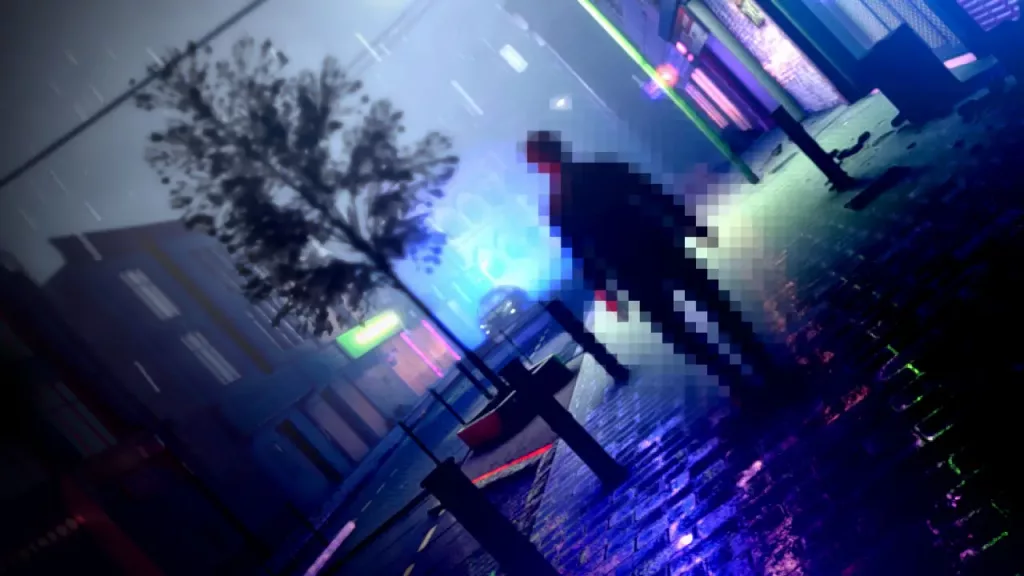
At first, funders also only wanted “a street scene in VR,” something simple to show in a headset. But the project quickly expanded. The team built not just a scene, but a full narrative experience placing the viewer in the position of someone sleeping rough, entirely created in Unity. “The two versions – the film and the VR experience – share no visual overlap,” Judi explains. “But the research and emotional foundation are the same.” That’s where it becomes more than an artwork. It becomes infrastructure for change.
Impact was immediate. “A small homelessness charity involved with the documentary bought five headsets after seeing the VR piece,” Judi says. “They now use it to train volunteers and fundraise. Another group of women who feed the homeless every week took a headset into the street and used it to collect donations. People have become volunteers. Some people have gone into rehab. That’s how real the emotional response has been.”
For a full year, the team tracked reactions – at festivals, community screenings, professional gatherings. The results are unambiguous: STREETS OF CHANGE doesn’t just raise awareness, it converts emotion into action. “At one event in Glasgow with the International Network of Street Newspapers, people wrote entire essays in our feedback book,” Judi recalls. “This wasn’t ‘great work, thanks’. It was deep. People were affected.”
Creating empathy, not spectacle
For Alston, this is the core of why immersive storytelling matters. “When you make a documentary about homelessness, you can tell people’s stories powerfully, but the audience is still watching from the outside,” she says. “In VR, you invite them to inhabit that reality. You can’t look away.”
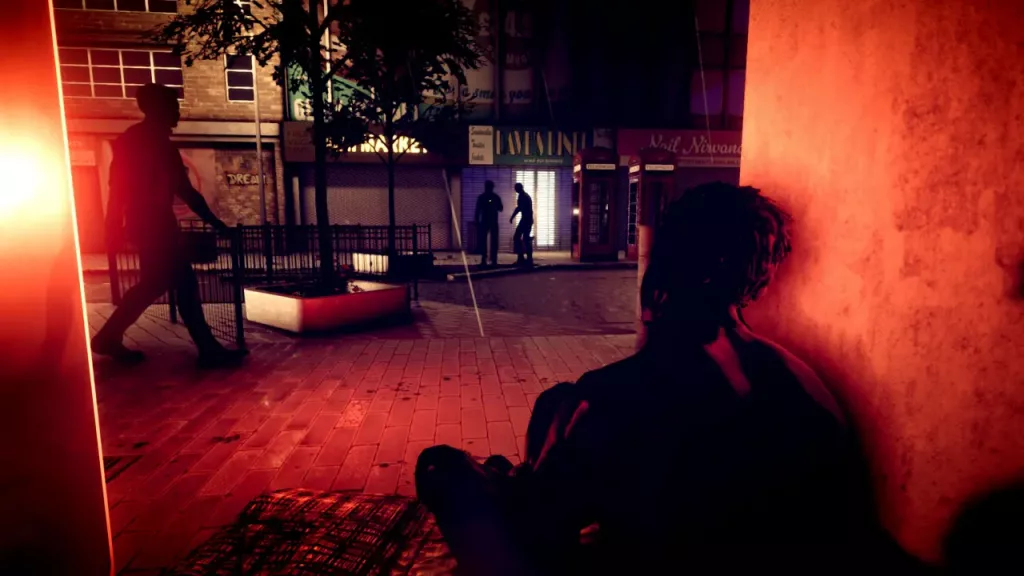
The STREETS OF CHANGE VR experience is built around that invitation. It doesn’t just show homelessness. It requires the audience to sit in it. Judi and her team have studied which moments create the strongest responses. “There are small triggers that hit people very hard,” she explains. “For example: you’re on the street at night, and someone approaches. That feeling of threat. Or there’s a fox, or a rat that appears near you. Those moments feel very personal to the user. They expose fear, vulnerability and empathy.”
That, to her, is the difference between documentation and immersion: “It’s not about spectacle. It’s about responsibility.” The work has travelled. At Sona Immersive Storytelling Festival in Pittsburgh, US audiences reacted instantly to the themes, not as outsiders to a British crisis, but as witnesses of something they recognise in their own cities.
“I honestly wasn’t sure how it would translate,” Judi says. “But it opened huge conversations about homelessness in America. It’s universal. We were really pleased that Streets of Change VR and our Dreaming Methods project The Abandoned Library won a joint Social Impact award at Sona, this meant a lot to our small team.”
Rethinking accessibility and where work is shown
Many XR studios still aim for film festivals, high-end showcases, and cultural institutions. Alston does that too – but it’s not enough for her. “We’ve always worked closely with libraries, e,” she says. “They’re safe, inclusive civic spaces. People don’t feel like they have to ‘qualify’ to be there. Showing immersive work in libraries just makes sense.”
This isn’t just logistics. It’s politics. “If XR stays confined to festivals or elite venues , we’re missing the point. The goal is to get these experiences into places where they can actually engage people.”
That insistence on access defines her practice. VR isn’t a novelty object to be guarded. It’s a conversation starter that belongs in public space, in the hands of communities, not just in curated booths.
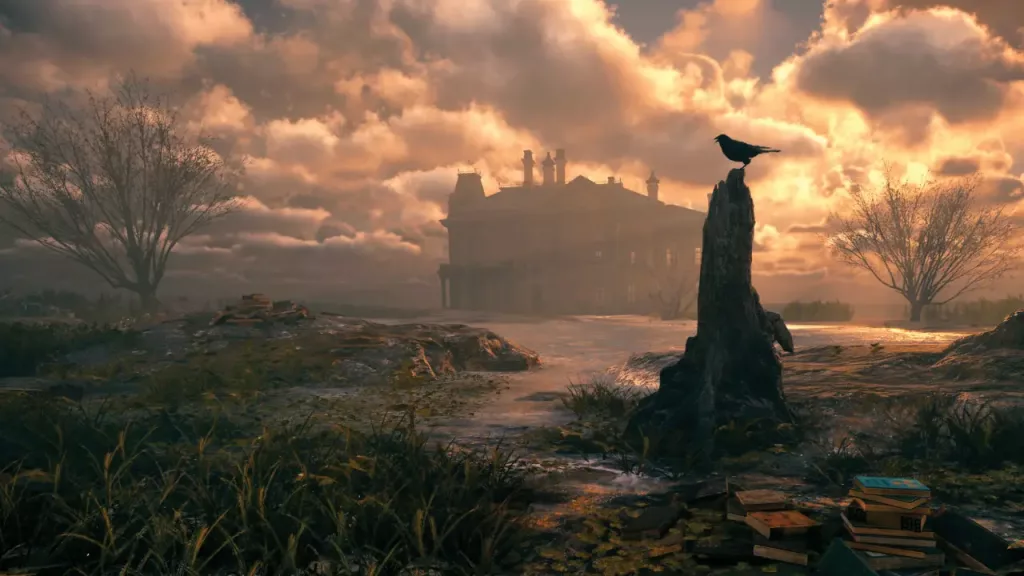
Building bridges between art, heritage, and innovation
Beyond socially engaged work, Alston and her team are exploring interactive heritage and cultural memory through immersive tools. “We’ve just finished a game-based project about Roman heritage that includes augmented reality,” she says. “We’re always looking for new avenues – different ways of connecting people to culture, place, each other and history.”
Under the Dreaming Methods label, they’re also developing new projects in their own universe. “We’re starting a project called The Poppitech Exception,” Judi explains. “It’s a follow-up to our earlier 2015 VR/immersive projection digital fiction work Wallpaper. We’re thinking of it long term as part of a trilogy.”
These works sit on the boundary between fiction and lived experience. They’re less about raw documentary and more about the emotional truths that sit behind memory, trauma, and place.
Revisiting real footage: 360° is alive!
While much of the XR field has shifted to fully synthetic worlds – real-time engines, fully authored 3D scenes – Judi still defends the power of recording real places and real people.
“We’ve got a couple of 360° cameras and we still use them,” she says. “We’re about to start a new 360 project and we’re even looking at buying a new camera for it. I enjoy the animation side, but there’s something very human about capturing real environments.”
For her, 360° isn’t obsolete. It’s a bridge. “It sits between cinema, TV, and XR. When I think back to some of the places I filmed years ago, I sometimes wish I could go back and capture them in 360°. There’s so much potential still .”
That position is quietly radical. In a moment where many immersive creators feel pressured to pitch massive mixed reality installations and high-cost, location-based spectacles, she’s defending something else: intimacy, proximity, witness.
Creativity as resilience
Again and again, Judi comes back to one idea: creativity is not a luxury in a crisis. It’s a survival strategy. “When the world is difficult – and it is right now – creativity becomes essential,” she says. “It’s how people process what’s happening to them. It’s how they cope. I feel like a lot of people around me are making work because they have to. It’s urgent. Projects also help audiences reflect on their own processes and the world around them.”
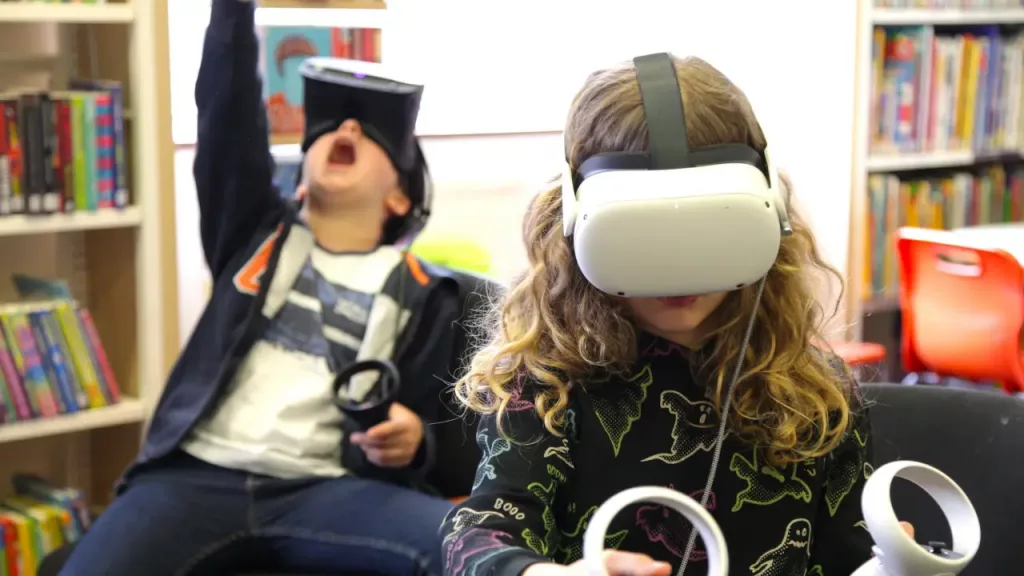
Her own work sits exactly there: between artistry and activism. The films and immersive projects are not just displays of technique; they’re proposals for how we might still care about each other in a world that trains us not to.
“I feel incredibly lucky,” she says. “After all these years, and despite the increasing challenges of accessing funding, I still love what I do. And if immersive storytelling can help people see others with more empathy – then it’s absolutely worth it.”
More information:
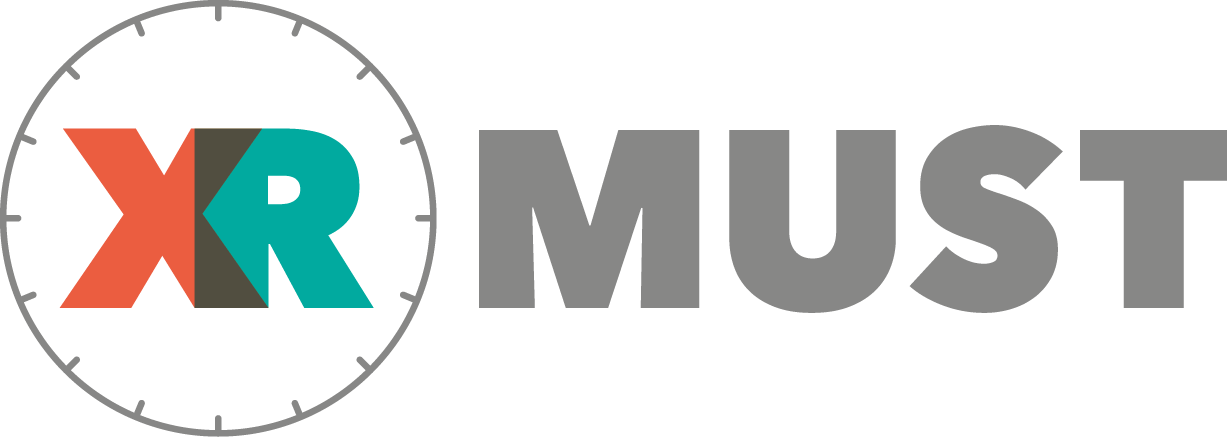
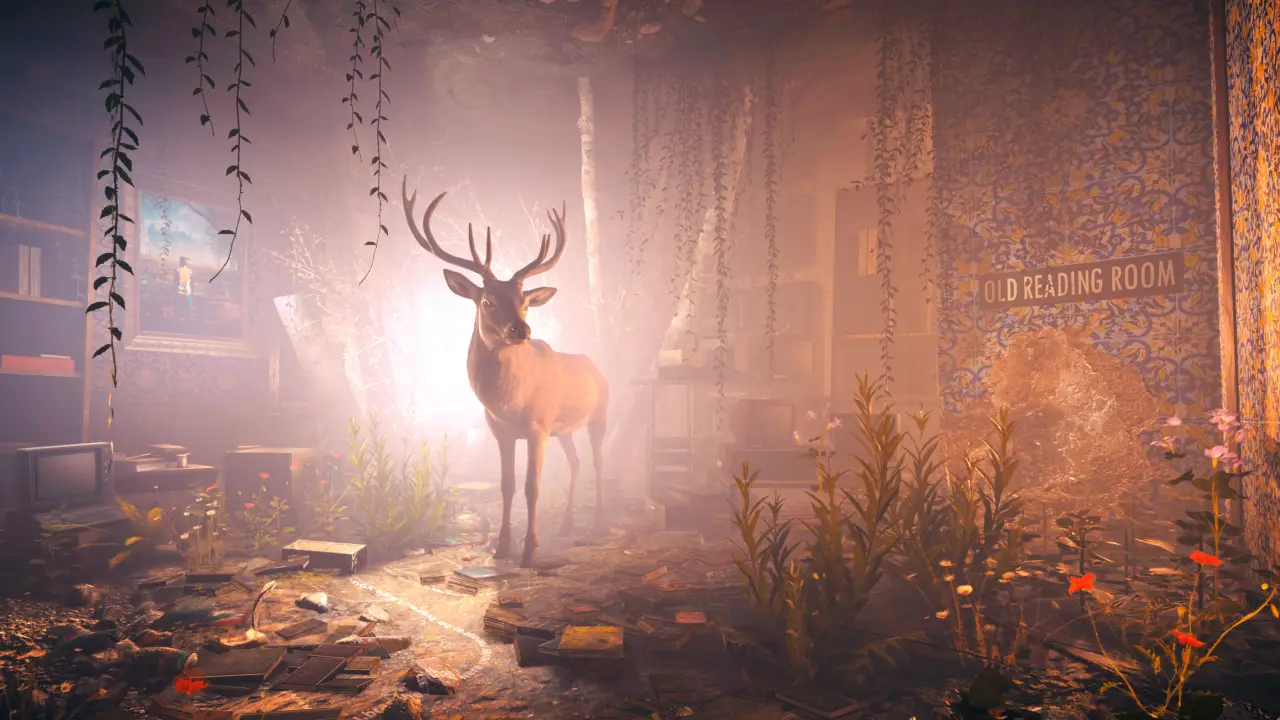
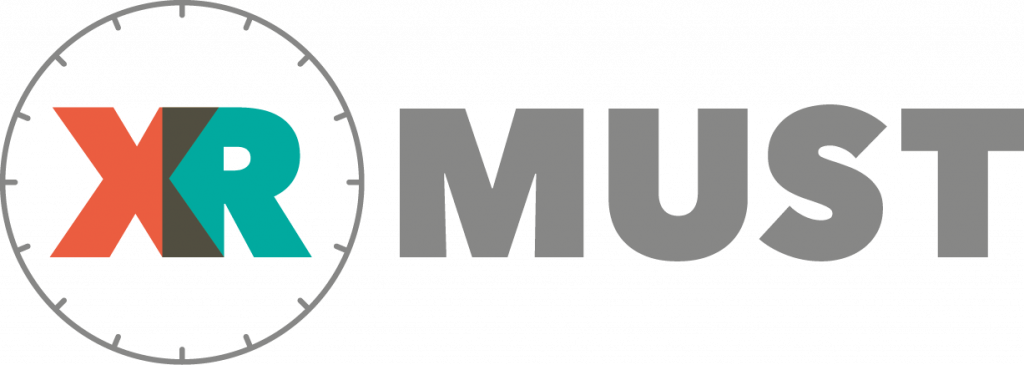
Leave a Reply
You must be logged in to post a comment.